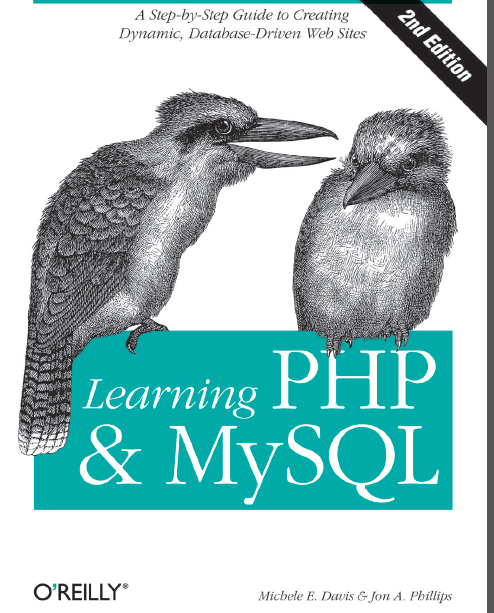to download check read more:
fit together. Because there are multiple languages and technologies that interact to
formdynam ic web pages, it’s best to start with a solid understanding of how the
pieces work together. The PHP that you’ll learn works as an integration package for
dynamic web sites.
Next, we’ll walk through installing the core software packages on your local computer.
This book focuses on PHP and MySQL, but making this work also usually
requires the Apache web server. The PHP interpreter works with the web server
when processing dynamic content. Finally, you’ll install the MySQL database. Installation
is covered for PC, Mac, and Linux systems. You can also use a hosted Internet
service provider (ISP) account to develop your pages, if you don’t
want to install
everything locally.
Since PHP plays an important role in pulling everything together, we next explain the
basics of working with the PHP language. This includes language essentials such as
data types, programflow logic, and variables. Functions, arrays, and forms each get
their own chapter to fully explore them.
Because you may be new to databases in general, we ease into MySQL by first
explaining concepts that apply to designing and using any relational database. Then
we give specific examples of using MySQL to interact with your data. Once you can
get data in and out of the database, you’ll need to work with PHP to integrate that
data into your dynamic content.
Security and access control get their own chapters. While security may sound like a
dull subject, it’s still a huge issue if you store any private information on your web
page. We’ll guide you around several common security pitfalls.
We also touch on how XHTML, the next generation of HTML, works with PHP and
your web sites.
Finally, we close with sample applications that demonstrate how the technologies
work together to rapidly build workable, fast web sites. You’ll also be provided with
web sites and forums to gain additional information on the topics covered in the book.











